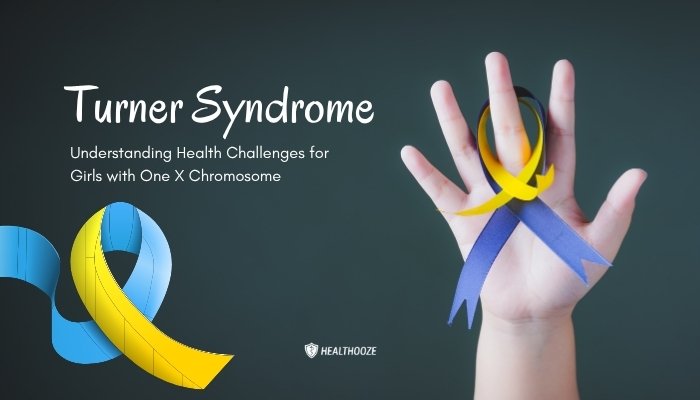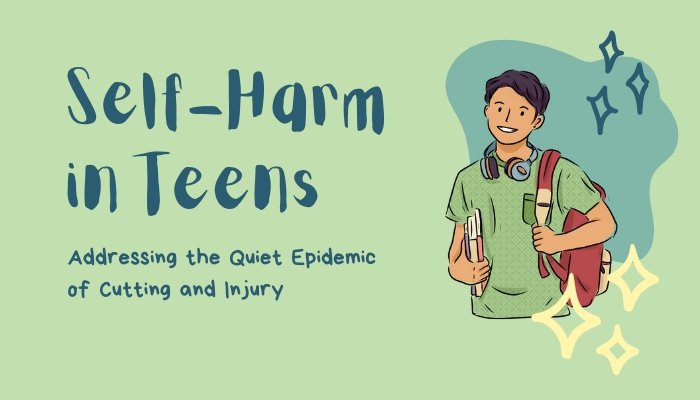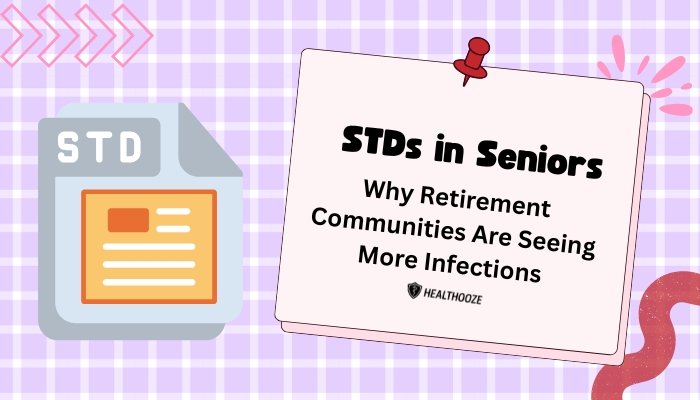Introduction
Turner syndrome is a genetic condition affecting females who lack part or all of one X chromosome. Named after Dr. Henry Turner, who first documented its key symptoms, it can lead to a range of health challenges such as short stature, heart anomalies, and ovarian insufficiency.
Although relatively rare—impacting about 1 in every 2,000 to 2,500 live female births—Turner syndrome has profound impacts on development, requiring ongoing medical care and emotional support.
By exploring its presentation, diagnosis, treatments, and psychosocial dimensions, families and healthcare providers can collaborate to ensure girls and women with Turner syndrome lead fulfilling lives.
What Is Turner Syndrome?
Genetic Basis
Humans typically inherit two sex chromosomes: XX for females, XY for males. In Turner syndrome, one X chromosome is partially or completely missing. This genetic difference disrupts typical growth and sexual development pathways. The most common scenario is 45,X, where only one X chromosome is present in every cell. However, mosaic patterns are also possible, with some cells carrying the typical XX arrangement and others having the missing X.
Prevalence and Diagnosis
Turner syndrome accounts for about 10% of spontaneous miscarriages involving chromosomal abnormalities. Among live births, incidence estimates suggest 1 in 2,000–2,500 female infants. Infants with distinct physical markers may be diagnosed at birth, while mild cases are identified later when puberty is delayed or growth problems arise. Confirmation usually comes through a karyotype test, revealing the genetic composition of cells.
Recognizing Key Features and Symptoms
Though each individual’s presentation can vary, certain hallmark traits of Turner syndrome include:
Short Stature
- Growth Delays: Girls with Turner syndrome typically lag behind in height early in childhood, with an adult stature averaging around 143 cm (4 ft 8 in) without growth hormone therapy.
- Lack of Pubertal Growth Spurt: Without intervention, normal pubertal growth acceleration might not occur, reinforcing height differences.
Gonadal Dysgenesis
- Ovarian Insufficiency: Most individuals have nonfunctional ovaries (streak ovaries), leading to insufficient estrogen production.
- Infertility: Absent or delayed puberty, lack of menstrual cycles, and difficulties conceiving are common without medical treatment.
- Hormone Replacement: Estrogen therapy often helps induce puberty and develop secondary sexual characteristics.
Physical Characteristics
- Neck Webbing: Extra skin folds along the neck, sometimes called a “webbed neck.”
- Shield Chest: Broad chest shape with widely spaced nipples.
- Low Hairline: Hairline at the back of the neck sits lower than usual.
- Lymphedema: Swelling of hands and feet, particularly in infancy.
Organ and Skeletal Abnormalities
- Cardiac Issues: Coarctation of the aorta (narrowing), bicuspid aortic valve, or hypertension risk necessitates consistent heart monitoring.
- Renal Anomalies: Horseshoe kidneys or malrotations can predispose to urinary infections or kidney malfunction.
- Bone Health: Osteoporosis or low bone density can arise from lacking estrogen. Some also exhibit scoliosis or other skeletal variations.
Neurocognitive and Psychosocial Factors
- Learning Difficulties: While overall intelligence is often normal, specific issues with math, spatial awareness, or executive functions may appear.
- Social Integration: Challenges with social cues or self-esteem may emerge, partly driven by physical differences or repeated medical interventions.
Diagnosis: When and How?
Prenatal Detection
- Noninvasive Prenatal Testing (NIPT): Some pregnant individuals choose screening that detects chromosome anomalies, potentially raising suspicion for Turner syndrome.
- Amniocentesis or CVS: Invasive procedures yielding fetal cells can confirm a 45,X karyotype or mosaic patterns.
At Birth or Infancy
- Physical Clues: Lymphedema of the hands/feet or obvious congenital anomalies (neck webbing, heart defects) prompt early genetic testing.
- Delayed Growth: Pediatricians noticing stunted growth or specific physical traits might refer for a karyotype.
During Puberty
- Lack of Breast Development: Typically alerts families or doctors to potential hypogonadism or ovarian failure.
- Primary Amenorrhea: Missing menstruation by 15 or 16 raises suspicion. Additional clinical assessment leads to formal diagnosis.
Treatment and Management Strategies
Growth Hormone Therapy
A mainstay of care for many with Turner syndrome, recombinant growth hormone (GH) can significantly improve final height when started early (often by age 4-6). GH injections continue through adolescence, coinciding with estrogen therapy to ensure pubertal development.
Hormone Replacement Therapy (HRT)
- Estrogen Therapy: Introduced around early teenage years to initiate puberty and maintain bone mineral density.
- Progestin: Added after uterine growth and some breast development occur, ensuring a more natural menstrual cycle pattern.
Cardiac Monitoring and Interventions
- Regular Echo: Echocardiograms detect aortic dilation or valvular abnormalities. Timely surgical interventions may be warranted to prevent serious complications.
- Blood Pressure Control: Monitoring and managing hypertension is crucial, possibly requiring medication.
Reproductive Options
- Fertility Preservation: Some Turner syndrome individuals may have partial ovarian function in early life. Techniques like egg freezing or embryo preservation (if feasible) can be considered.
- Donor Eggs: For those with ovarian failure, pregnancy via donor eggs becomes an option. Gestational surrogacy is another route for those unable to safely carry a pregnancy.
- Counseling: Discussion about potential high-risk pregnancy management, including a thorough cardiac evaluation before conception.
Supportive Therapies
- Nutritional Guidance: Balanced diet to optimize growth, maintain healthy weight, and prevent metabolic issues.
- Physical Activity: Regular exercise fosters cardiovascular health and bone density, especially important given skeletal concerns.
- Psychological Services: Addressing self-esteem, learning differences, or social challenges through counseling or special education resources.
Emotional and Social Dimensions
Family and Peer Support
- Parent Education: Understanding the complexities of Turner syndrome helps families become advocates.
- School Accommodations: Extra help with math or spatial tasks can ease academic pressures.
- Peer Interaction: Encouraging consistent social activities fosters confidence, as feelings of isolation or difference can intensify during teenage years.
Transition to Adulthood
- Ongoing Healthcare: Women with Turner syndrome must continue endocrinology and cardiology follow-ups through adulthood.
- Self-Advocacy: By learning to articulate health needs, individuals can effectively manage medication regimens, fertility decisions, and mental well-being.
- Workplace Awareness: Telling employers about potential physical constraints, though not mandatory, can help accommodate minor needs (like scheduling medical appointments or controlling workload stress).
Finding Community
- Online Forums and Organizations: Groups like the Turner Syndrome Society or related local charities offer events, mentorship programs, and a chance to engage with others sharing the same challenges.
- National Conferences: Offer educational workshops, including updates on research and best practices, while forging peer connections.
Dispelling Myths
Myth 1: Turner Syndrome Means Intellectual Disability
Reality: Most individuals have normal intelligence. While some face specific learning difficulties (especially in math/spatial tasks), many excel academically and professionally.
Myth 2: Girls with Turner Syndrome Can’t Have a Normal Life
Reality: With timely intervention (GH therapy, estrogen replacement) and supportive medical follow-ups, they often lead fulfilling, healthy lives—pursuing careers, relationships, and personal goals.
Myth 3: Turner Syndrome Always Presents Obvious Signs
Reality: Mild forms of mosaic Turner syndrome may feature subtle characteristics, delayed diagnosis, or slight height deficits. Vigilant pediatric care helps detect subtle signs earlier.
Myth 4: Infertility Is Absolute
Reality: Some patients maintain partial ovarian function or explore assisted reproductive technologies. While fertility can be compromised, it is not always impossible.
Conclusion
Turner syndrome, though sometimes overshadowed by other genetic conditions, has far-reaching implications for physical, reproductive, and emotional health. By recognizing the condition’s hallmark traits—short stature, ovarian dysfunction, possible heart concerns—and intervening early, families can secure more successful outcomes. From growth hormone treatments to fertility planning and mental health support, a holistic approach addresses the complex spectrum of Turner syndrome.
Raising public and professional awareness is equally vital. Parents, teachers, and healthcare providers who know the warning signs can expedite diagnosis and tailor specialized care. Ultimately, with appropriate medical care, stable psychosocial support, and a thorough understanding of the condition, individuals with Turner syndrome can lead active, rewarding lives—fulfilling personal aspirations and disproving outdated assumptions about their capabilities.
References
-
- Saenger P, Wikland KA, Conway GS, et al. Recommendations for the diagnosis and management of Turner syndrome. J Clin Endocrinol Metab. 2001;86(7):3061–3069.
-
- Bondy CA. Turner syndrome study group. Care of girls and women with Turner syndrome: a guideline of the Turner syndrome study group. J Clin Endocrinol Metab. 2007;92(1):10–25.
-
- Gravholt CH, Andersen NH, Conway GS, et al. Clinical practice guidelines for the care of girls and women with Turner syndrome. Eur J Endocrinol. 2017;177(3):G1–G70.
-
- Ross JL, Feuillan P, Long LM, et al. Lipid abnormalities in Turner syndrome. J Pediatr. 1995;126(6):942–947.
-
- Stochholm K, Juul S, Gravholt CH. Mortality and incidence in women with Turner syndrome. Eur J Endocrinol. 2006;155(2):397–401.
-
- Silva MJ, Pavanello RC, Bianco B, et al. Association studies in Turner syndrome. BMC Med Genet. 2015;16:7.
-
- Schultz DC, Gill JR Jr, National Commission on Digestive Diseases. Complications of GI conditions in Turner syndrome. Am J Gastroenterol. 2014.
-
- Anawalt BD, Stanhope R. Endocrine management of Turner syndrome. J Clin Endocrinol Metab. 2001.
-
- Tanner JM. Combined treatment of GH, oxandrolone, and estrogen in Turner syndrome. Horm Res. 1994.
-
- Bryman I, Sylvén L, Berntorp K, et al. Pregnancy rate and outcome in Swedish women with Turner syndrome. Fertil Steril. 2010;94(5):1659–1661.
-
- Ho VB, Bakalov VK, Cooley M, et al. Major vascular anomalies in Turner syndrome. Circulation. 2004;110(12):1694–1700.
-
- https://www.turnersyndrome.org/






